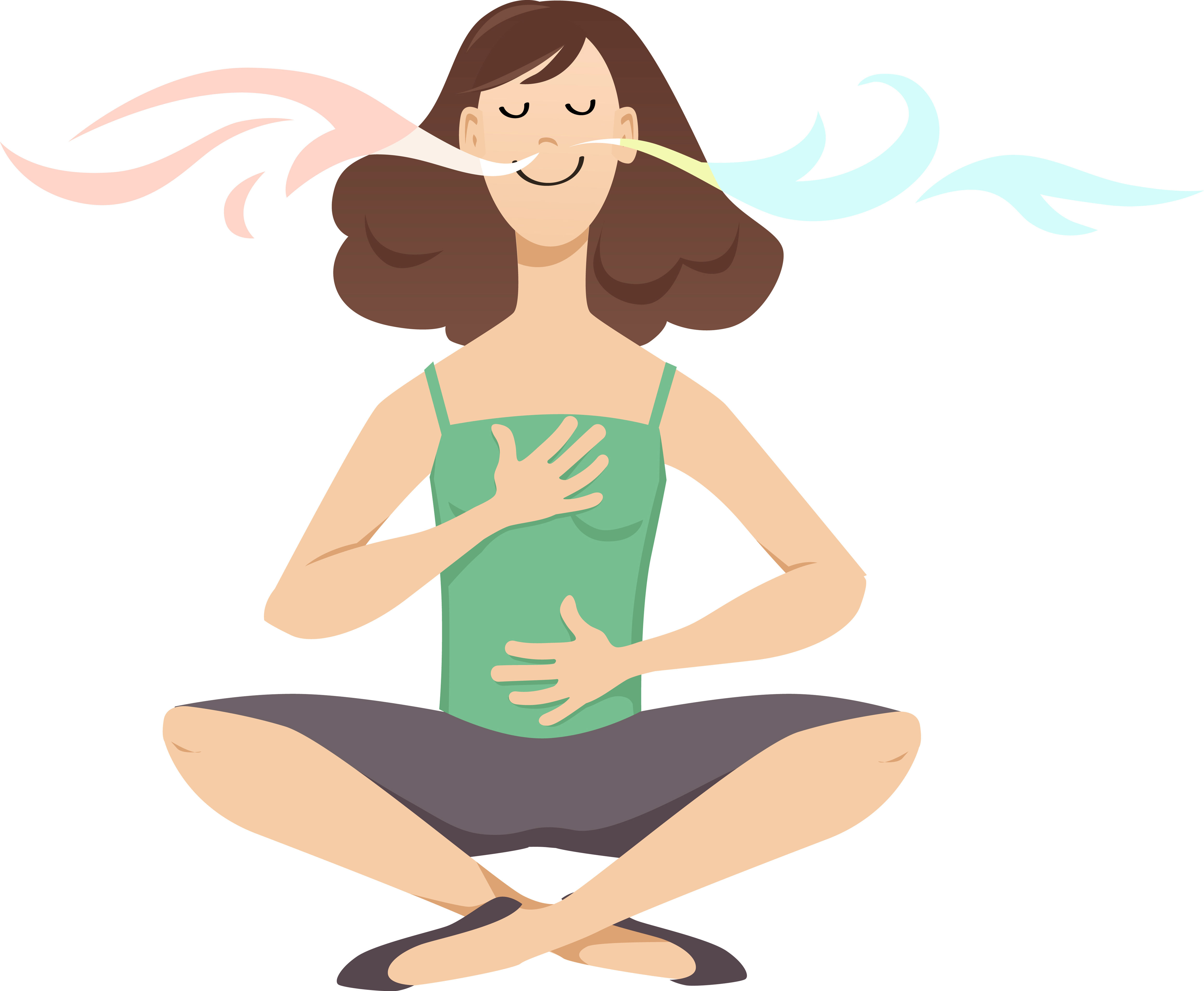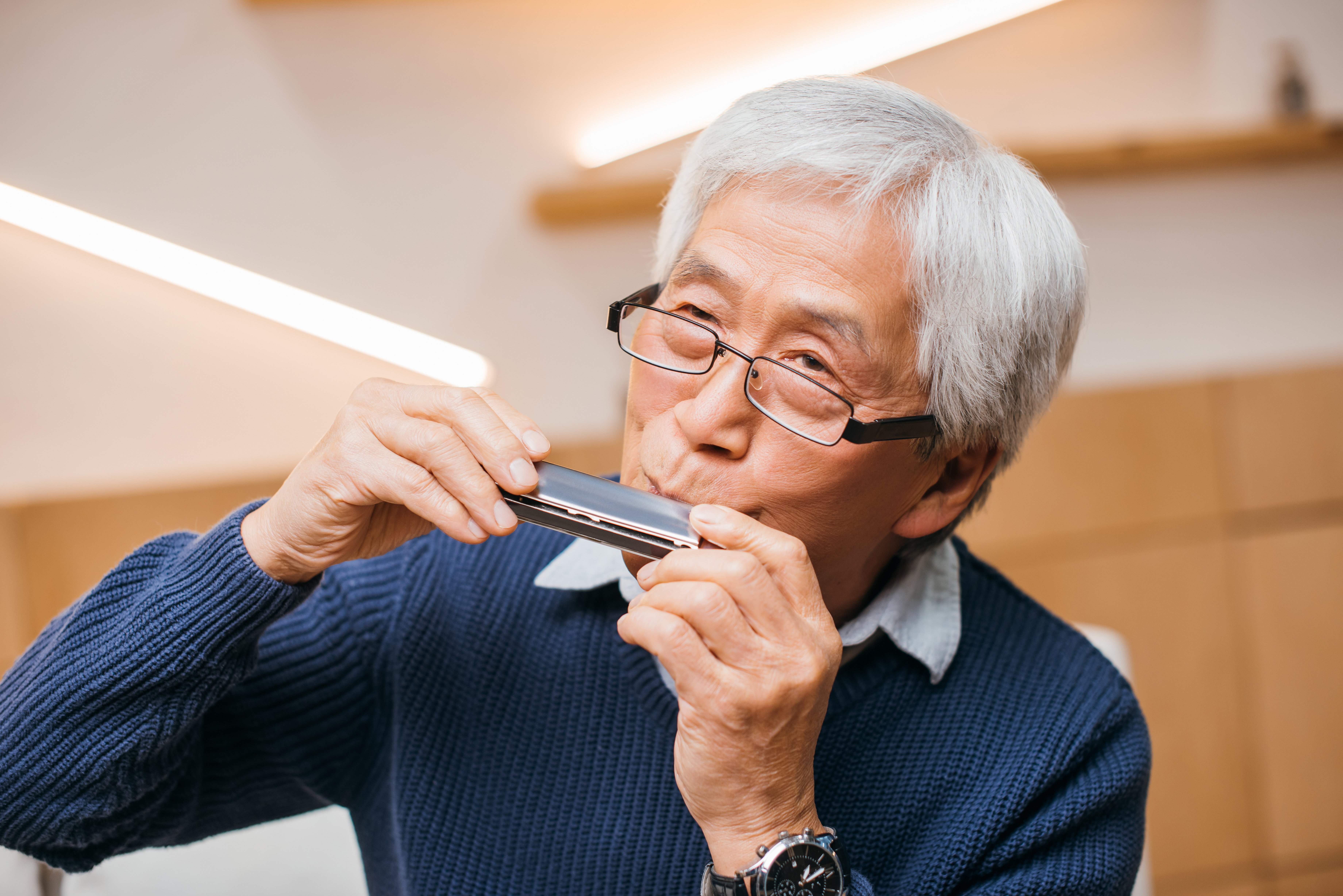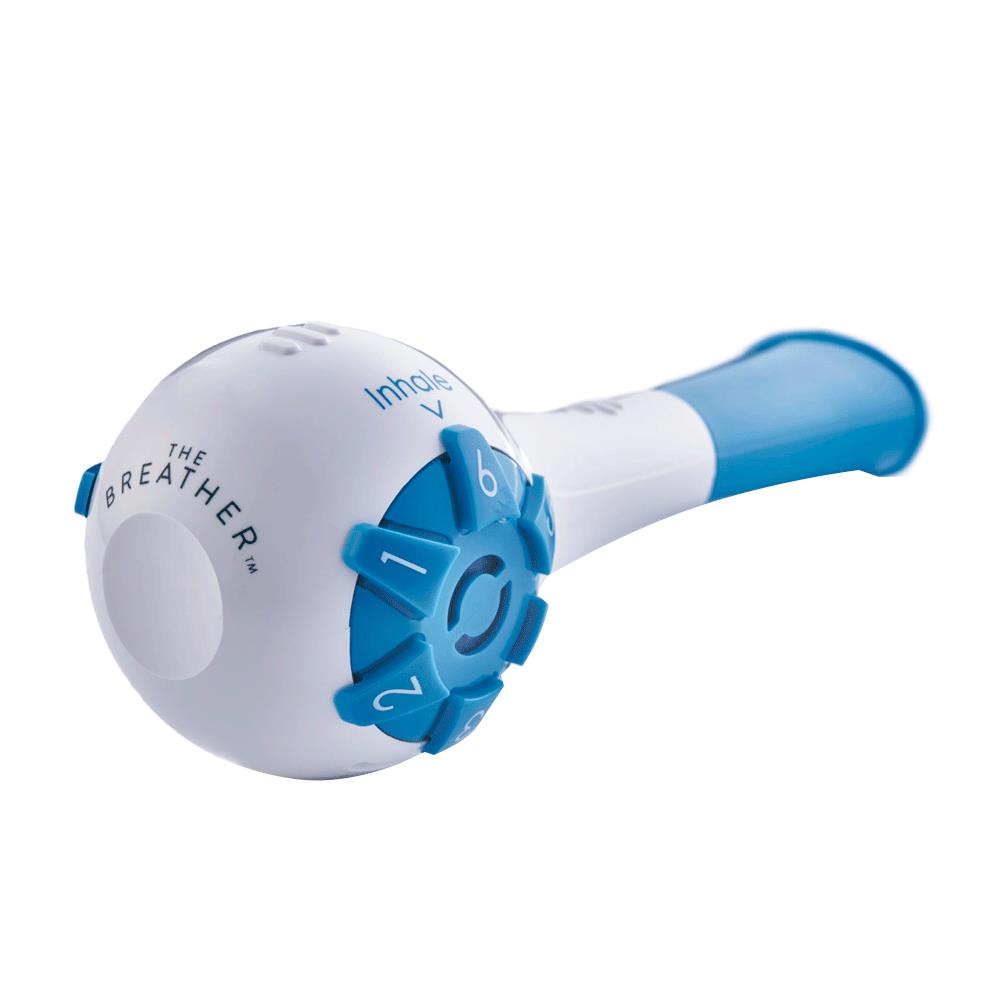Pulmonary rehab has long been recommended for those with a respiratory condition. Unfortunately many people don't have access to rehab either because of location or possibly for financial reasons. A study published on August 18, 2019 suggested that Inspiratory Muscle training might slow the progression of COPD for those who have not participate in a regular pulmonary rehab program.

The benefits of exercise for people with COPD are numerous:
- Improve your circulation and help the body better use oxygen
- Improve your COPD symptoms
- Build energy levels so you can do more activities without becoming tired or short of breath
- Strengthen your heart and cardiovascular system
- Increase endurance
- Lower blood pressure
- Improve muscle tone and strength; improve balance and joint flexibility
- Strengthen bones
- Help reduce body fat and help you reach a healthy weight
- Help reduce stress, tension, anxiety, and depression
- Boost self-image and self-esteem; make you look fit and feel healthy
- Improve sleep
- Make you feel more relaxed and rested
Breathing exercises help to maintain lung elasticity.
Many think shortness of breath comes from being unable to fully inhale but more often it comes from being unable to fully exhale. If you can’t empty your lungs completely you can’t draw in enough fresh air to keep your oxygen levels where they need to be. Maintaining and improving lung elasticity can help with this.
The technique for pursed lip breathing has been described as smelling a rose and blowing out a candle.
- Relax your neck and shoulders
- With your back straight take in a breath for 3 seconds. Don’t breathe in too deeply, a regular breath will do.
- Purse your lips as if blowing a candle and exhale gently for 6 seconds.
- You can gradually build up your time as you feel able but the aim is to try to exhale for twice as long as you have inhaled.
- Breathe both in and out slowly. This technique is good for your lung elasticity and volume but also for breath control as well so that you can use it for relaxation or to avoid hyper ventilation if you feel an exacerbation coming on.
Music Therapy
A study conducted by the American College of Chest Physicians showed that three months of playing the harmonica for about 30 mins on most days of the week can help improve several pulmonary outcomes. They were able to walk greater distances and patients reported improved mood, more confidence, and harmonica playing even helped clear lung congestion.

Playing the harmonica exercises both your inhalation and exhalation muscles and you’re having a little fun too. Several pulmonary rehabs around the country have incorporated a harmonica playing program into their curriculum and are getting very positive results.
You can get one for less than 10 dollars at any music store or on Amazon etc.
You’ll notice that on your harmonica the holes are numbered. If you google “harmonica tabs” you will find song sheets that use these numbers to tell you which numbered hole to blow or draw air into. Generally speaking they use a minus sign to indicate that you should draw air in as opposed to blowing through. To get a nice clear note, purse your lips as in the pursed lip breathing technique so that you are only playing one space at a time.
Singing is also a great way to exercise your diaphragm and practice breath control skills. A long term study by Canterbury Christ Church University in Kent found that regular singing improved the symptoms of those with COPD.
Participants in the study sang in 60-minute sessions weekly over 12 weeks, and researchers noted the progression of their COPD symptoms halted. Their lung function either maintained or improved, but the COPD didn’t progress.
Singing lessons or joining a local choir would not only provide a good opportunity for breathing exercises, but will also give you a good opportunity to engage in social interactions. If you can’t carry a tune it can make you a little self conscious to sing but rest assured that you don’t have to be ready for Broadway for your lungs to enjoy the benefits of singing.
There are several karaoke type videos on YouTube that provide music and lyrics. Sing along with the radio or make up some songs of your own.
Breathing Aids
There are many different breathing exercise aids on the market such as The Breather.

It was created by respiratory therapists to strengthen chest and abdominal muscles that assist with the breathing process.
Patients report improved quality of life in a very short time.
- Reduces shortness of breath
- Improves blood flow
- Improves oxygen saturation
- Improves airway clearance
- Improves endurance
- Helps reduce the frequency of asthma attacks and COPD exacerbation
- Patients were assessed over a year.
Respiratory Muscle Training has shown positive effects on hospital readmission. Those who have participated in RMT have reduced number of visits and shorter duration of hospital stays. Acute exacerbations were show to decrease by 44% and number of hospitalizations decreased by 63%. Duration of stay decreased by 55%.
Proper Technique
Sit up straight
Relax
Place hand on belly to check diaphragmatic breathing. You want to breathe deep into your diaphragm, not just into your chest. As you breathe in you should feel your fingers expand on your belly.
Hold for a second and exhale
Make sure not to puff your cheeks.
Start at lower settings and if it feels too easy then increase to higher number. If you can’t exhale without puffing your cheeks then try a lower setting.
Do the Breather 6 days per week.
You’ll use it twice in the morning and twice in the evening.
Each time you’ll do 10 reps. 1 rep=inhale and exhale
So each day you’ll do 40 reps.
The ideal resistance is so that at the end of 10 you might be able to do 1 or 2 more but you have exerted some effort. Adjust resistance accordingly.
It’s hard at first and many people quit in the early stages but keep at it! These exercises have had positive effects



